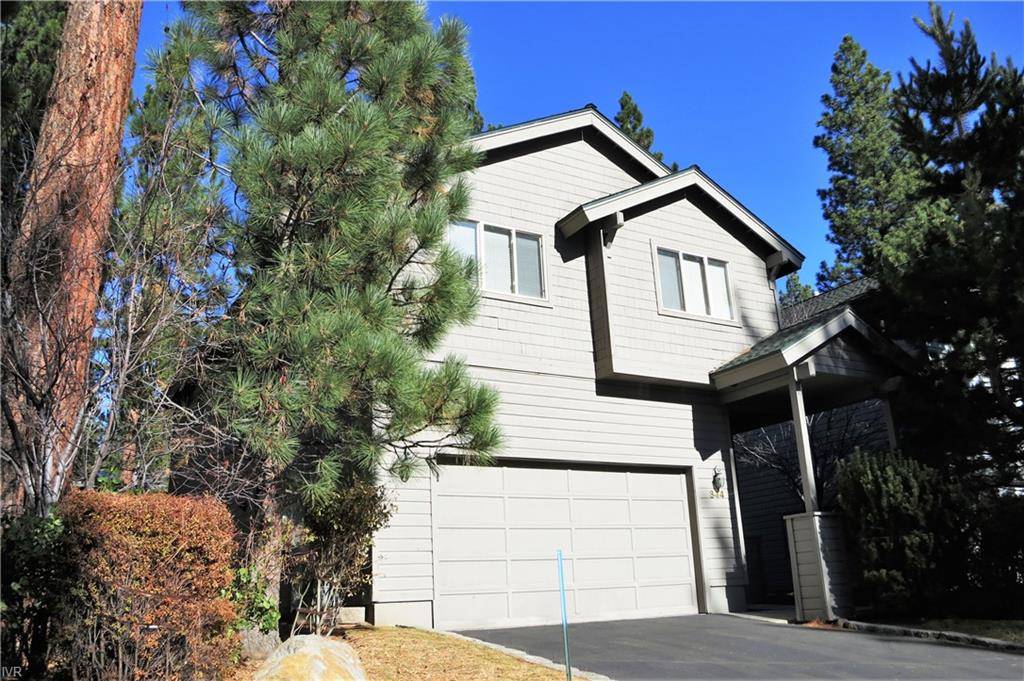
Having a blooming garden is a wonderful way to add value and pleasure to your home. Every healthy garden needs a thorough cleaning now and then. Deadheading is simply the process of removing spent blossoms to allow for new ones to take their place.
Of course you want your garden to look good, so appearance is the first reason; deadheading keeps your plants looking their best. Second, you want your garden to bloom as long as possible.
Deadheading will trick your flowers into believing the life cycle is not over, encouraging them to continue blooming. When you see your flowers losing color, this is your first indication that it’s time to deadhead. In order not to be overwhelmed as you ensure that your flowers keep blossoming, you will want to deadhead on a regular basis.
First, take a walk around your garden. Take note of which flowers have already seen their best days or are just past their peak. If the petals are falling off, this is a sure-fire sign that it’s time to deadhead.
Remove those seed pods
Always remember to remove the developing seed pod when deadheading. The seed pod is usually in the center of the flower or just below it. You can snap off the blossom by using either your forefinger and thumb or a scissors. Stopping the seed production of the plant before it starts to produce mature seeds is important, because once the seeds mature, the plant’s energy is directed away from flowers. This causes the plant to flower more infrequently.
Where you cut the plant to deadhead it depends on the type of plant it is. Some plants, such as Sweet Williams, can be cut to half their height once the blossoms have died, which will produce a second set of flowers.
Other plants, such as cosmos, zinnias and marigolds, need only to be cut down to the next bud or set of leaves. Some plants will even deadhead themselves, as the blossoms fall naturally from the plant. Also, keep in mind that not all flowers produce a second bloom.
Below is a list of common flowers that produce a second bloom:
- Lilies: Cut only the tip of the flower stalk and let the rest of the stem die naturally. Lilies produce seed pods as soon as they begin to lose color, so deadhead them as soon as possible.
- Lavender: Trim all around as soon as it begins to fade. This will help the sides to grow and flourish.
- Lupin: Deadhead just before the last few flowers die off as the seed pods grow at the base of the long flower spikes. In this case, the stalks can be pruned out just above the leaves.
- Balloon flowers: Cut off the individual blooms. Watch out for their sticky sap though, which can get messy.
- Daylily: Snap off dead flowers. This will encourage larger flowers later. Then cut finished stems to the ground. Some cultivars will rebloom, but others will not.
- Foxglove: Pinch individual flowers along the stem and when the stem is done, cut it to the ground.
- Geranium: Pinch spent flowers below the foliage and they can continue to bloom through the fall.
- Jacob’s Ladder: Cut the whole plant all the way to the ground to promote new growth and new blossoms.
- Monkshood: Cut to side branches and to the ground for a second bloom. Remember to wear gloves to protect yourself from the poisonous sap.
- Petunia: Pinch back to the first set of leaves. This will encourage more bushiness as a result.
- Purple Coneflower: Cut the blooms early to the side shoots instead of deadheading to produce larger blossoms later.
If you get in the habit of deadheading on a regular basis, this will help you to maintain a gardening schedule and prevent your flowers from losing their production power.
Thinking of your garden as an extension of your home helps you remember to deadhead regularly to keep up its appearance and value so you can enjoy it all season long.
Source: realtor.com®
To access all the Incline Village and Lakeshore Realty listings please click here. You can also contact us by email or call us at 775-831-7000. If you are in Incline Village, please visit us at 954 Lakeshore Blvd. Incline Village, NV 89451.







